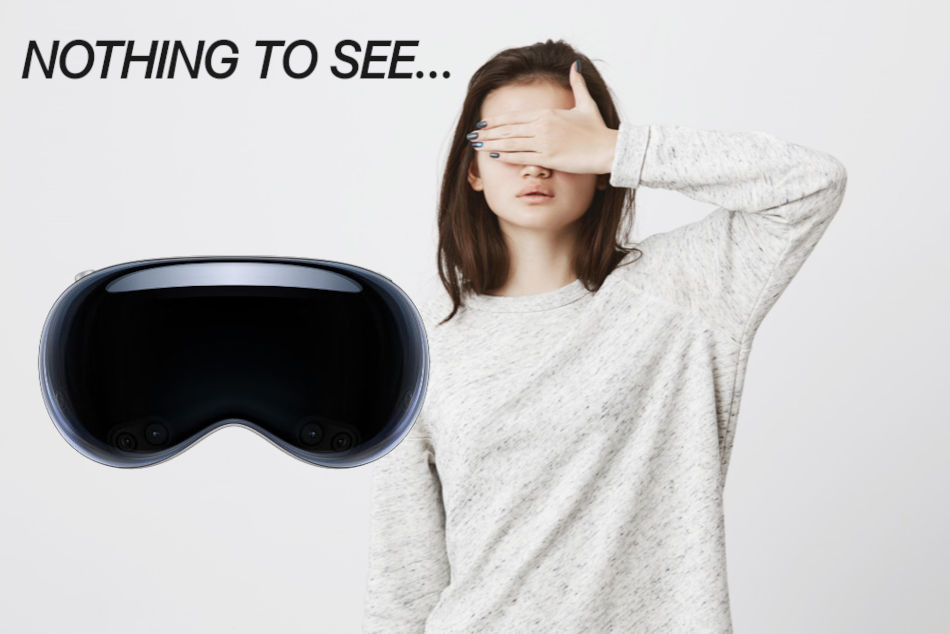
Apple Vision Pro Will Launch with Only 15 Stock "Spatial Apps", As Third Party Developers Shows No Interest
App Landscape and Future Prospects of Apple's Visionary Device
NEWS Apple January 21, 2024 Reading time: 2 Minute(s)
The highly anticipated Apple Vision Pro has recently become available for pre-order, sparking excitement among tech enthusiasts. As the limited number of units hit the market, early reports suggest a strong demand. However, as the device transitions from speculation to reality, a closer look at its app ecosystem reveals some intriguing aspects.
Spatial Operating System and App Optimization
The Apple Vision Pro is set to launch with a curated selection of 15 pre-installed apps, all optimized for Apple's spatial operating system, visionOS. This stands in stark contrast to the iPad, which boasts at least 40 pre-installed and optimized apps. Notably, the Vision Pro supports iPad apps, bringing the total to 25 pre-installed apps. Surprisingly, the remaining 10 apps, including Books, Calendar, Home, Maps, News, Podcasts, Reminders, Shortcuts, Stocks, and Voice Memos, are non-spatial iPad apps that lack the 3D spatialized treatment at the time of launch.
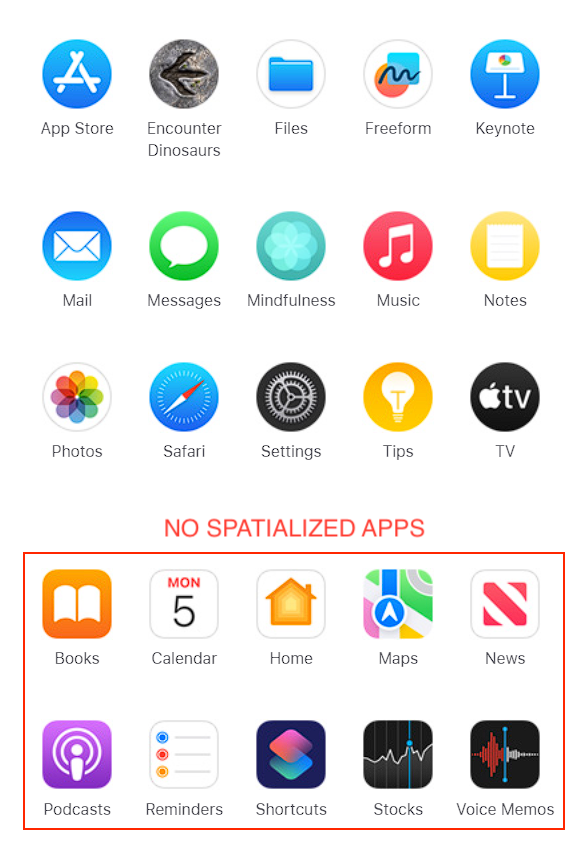
VISION PRO STOCK APPS [IMAGE: APPLE]
The Strategic Importance of Vision Pro
Considered by many as the most significant Apple product launch in the past decade, the Vision Pro is positioned as a technology that could eventually replace the iPhone. Despite its potential, early details about the app landscape raise concerns, particularly regarding the number and quality of spatially optimized apps at launch.
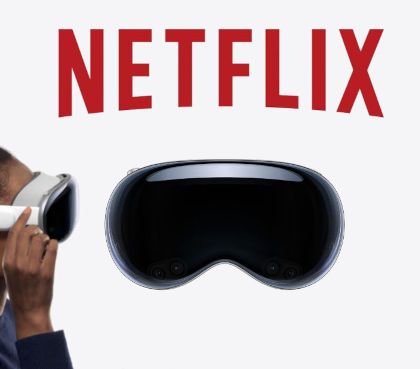
Developer Interest and Third-Party Titles
Surprisingly, developer interest in the Vision Pro seems muted, and no marquee third-party titles have been announced to coincide with its on-sale date. Early adopters may find themselves with a limited selection of authentic and high-quality spatial app experiences, a potential drawback for a device with such grand aspirations.
Netflix, Spotify, and YouTube: Notable Absences
As previously reported, notably absent from the list of optimized apps are entertainment giants Netflix, Spotify, and YouTube. All three have declared no plans to create a visionOS-specific version of their iPad apps, and they also refuse to support the regular versions of their iPad apps on the Vision Pro. While their cautious approach may be understandable given the Vision Pro's early market presence compared to Apple's established iOS and iPadOS ecosystems, it leaves early adopters wanting for popular streaming and entertainment options.
In conclusion, as the Apple Vision Pro marks a groundbreaking entry into spatial computing, the app ecosystem plays a crucial role in shaping its success. The current dearth of spatially optimized apps, coupled with the reluctance of major entertainment players, raises questions about the device's immediate appeal. Whether Apple can swiftly address these concerns and foster a vibrant app ecosystem remains to be seen, but the success of the Vision Pro may hinge on its ability to secure widespread developer support and deliver a compelling app experience for users.
COVER IMAGE BY COOKIE STUDIO ON FREEPIK / REVIEW SPACE
*Our pages may contain affiliate links. If you buy something via one of our affiliate links, Review Space may earn a commission. Thanks for your support!
CATEGORIES


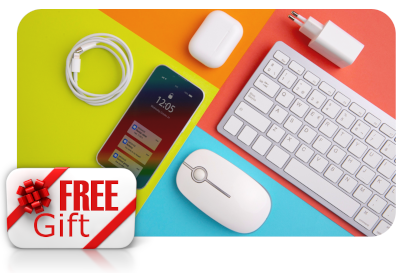

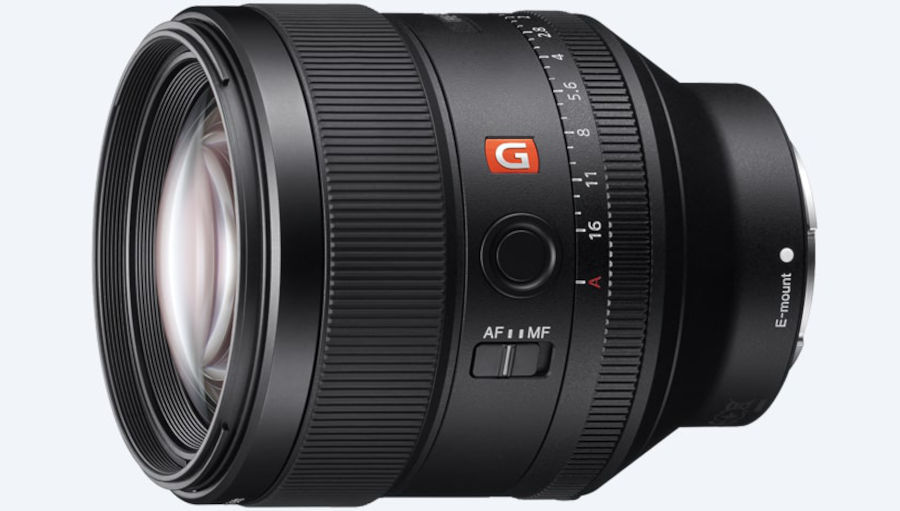
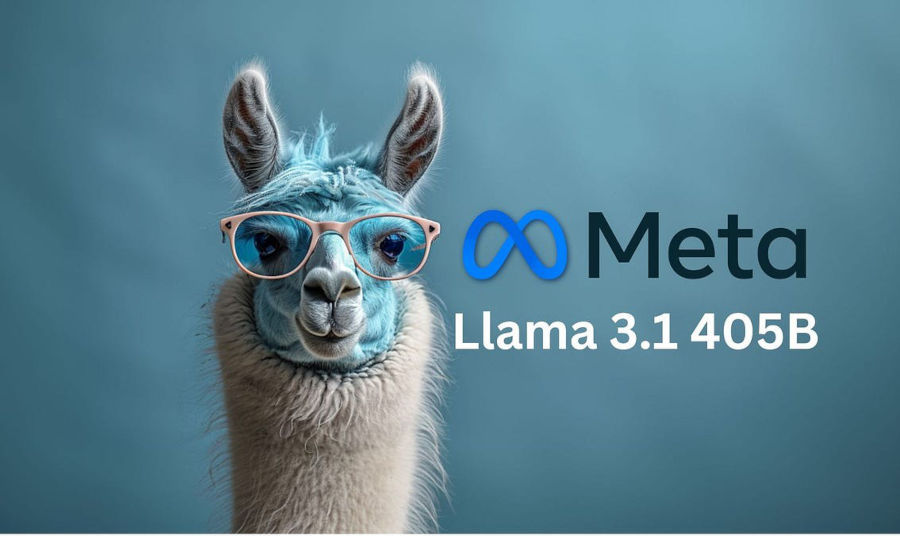

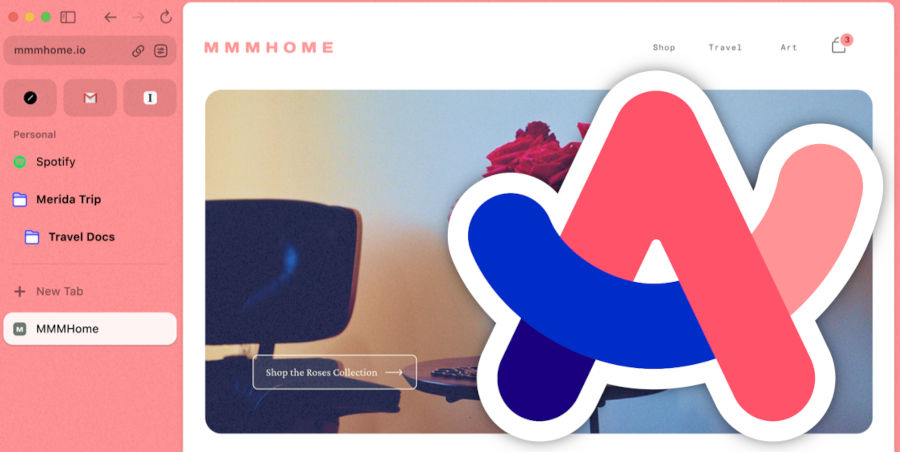



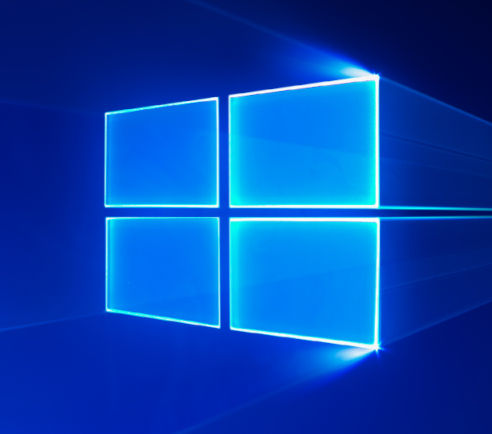
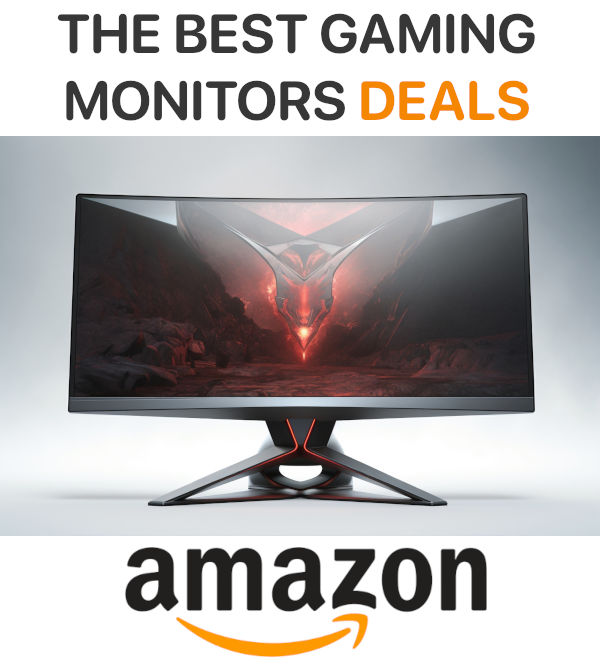






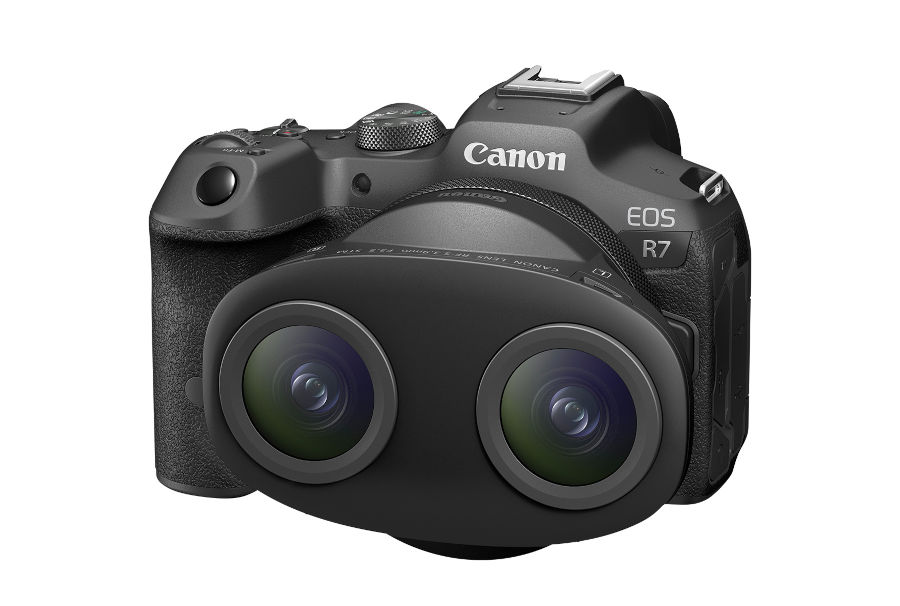
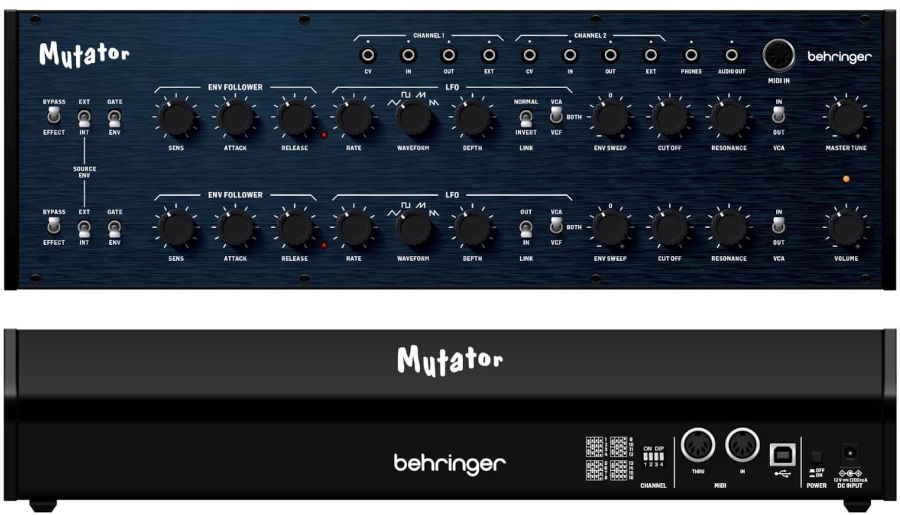
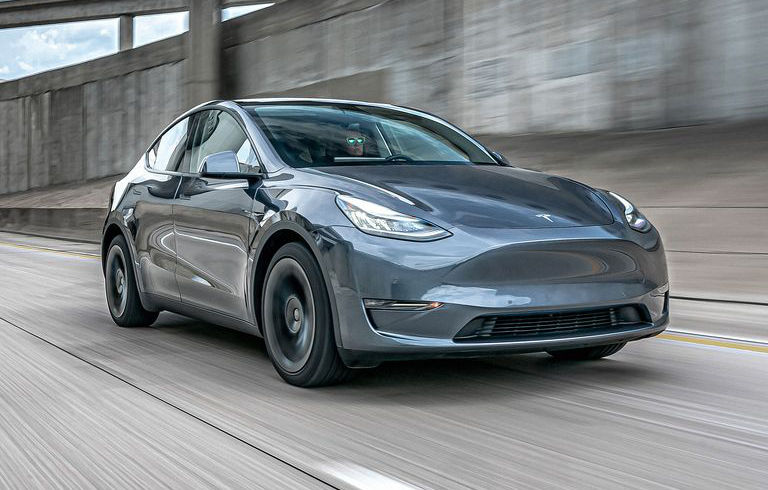



COMMENTS